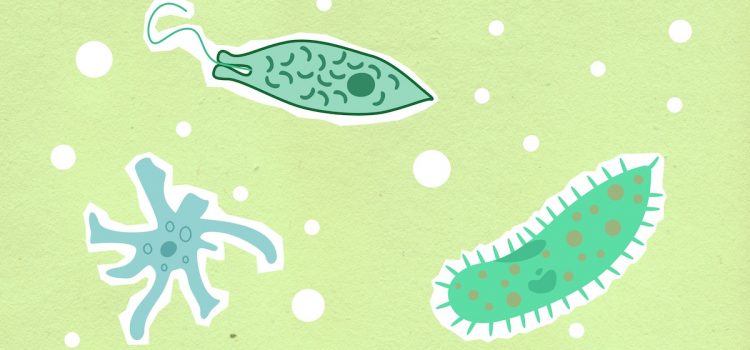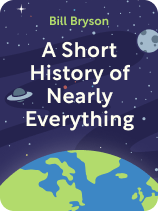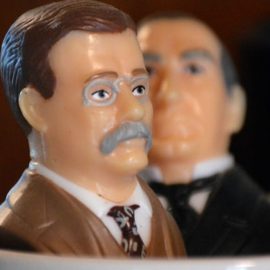

This article is an excerpt from the Shortform book guide to "A Short History of Nearly Everything" by Bill Bryson. Shortform has the world's best summaries and analyses of books you should be reading.
Like this article? Sign up for a free trial here.
What were the earliest life forms? How do we know?
Scientists believe they have pieced together a history of the successive types of life forms that have prevailed on Earth from the earliest bacteria to modern man. The earliest life forms existed in the Precambrian period.
Keep reading for a brief overview of Precambrian life.
Precambrian Life
The Precambrian period is the earliest geologic age of the Earth. Bryson explains that scientists can infer the history of Precambrian life (the earliest life forms) from geologic information about the early Earth: Anaerobic bacteria must have been the first prevalent lifeform on Earth because Earth’s early atmosphere didn’t contain much oxygen. Then, at some point, cyanobacteria developed photosynthesis and started producing oxygen as a byproduct. Oxygen is actually toxic to most anaerobic organisms, but strains of anaerobic bacteria have survived to this day in swamps or other places where they are shielded from oxygen.
Bryson recounts how, once oxygen became abundant in the atmosphere, mitochondria started producing energy for cells by oxidizing nutrients. This facilitated the growth of more complex cells called eukaryotes, which eventually formed multicellular organisms. Scientists speculate that mitochondria may have begun as a separate organism that invaded bacterial cells but then formed a symbiotic relationship with them. This is because mitochondria have their own DNA that they keep separate from the rest of the cell’s DNA.
| The Photosynthesis Chronology Controversy As Bryson has pointed out elsewhere, there are often controversies and uncertainties in science, and the evolution of Precambrian life is no exception. Some scientists challenge the once-accepted chronology that Bryson presents here. As Bryson notes, it was widely believed that cyanobacteria developed photosynthesis, and all other photosynthesizing organisms evolved from cyanobacteria. But studies that analyzed the diversity of photosynthesis mechanisms across the spectrum of organisms concluded that modern cyanobacteria and modern plants diverged from a common ancestor as much as a billion years older than cyanobacteria. If they are correct, that means photosynthesis was producing oxygen for a billion years before the oxygen concentration in the atmosphere increased appreciably (based on the oxygen content of rocks of various ages). Why the delay? Some scientists believe this was because the early photosynthesizers didn’t have enough of certain nutrients—particularly phosphorus—to grow large populations. Fossil evidence shows a marked increase in phosphorus right around the time oxygen levels rose. So far, they haven’t specified the identity of this common ancestor from which cyanobacteria and other photosynthesizers inherited their capabilities, but other scientists theorize that photosynthesis first became possible when two different species of early bacteria combined in a symbiotic cellular relationship to form “double-walled” bacteria. This is similar to how mitochondria are thought to have started out as separate organisms that became integrated into other living cells. |

———End of Preview———
Like what you just read? Read the rest of the world's best book summary and analysis of Bill Bryson's "A Short History of Nearly Everything" at Shortform.
Here's what you'll find in our full A Short History of Nearly Everything summary:
- An accessible overview of the natural sciences
- A full history of the universe, Earth, and life as we know it
- A look at the unknowns and controversies that still exist in the sciences






